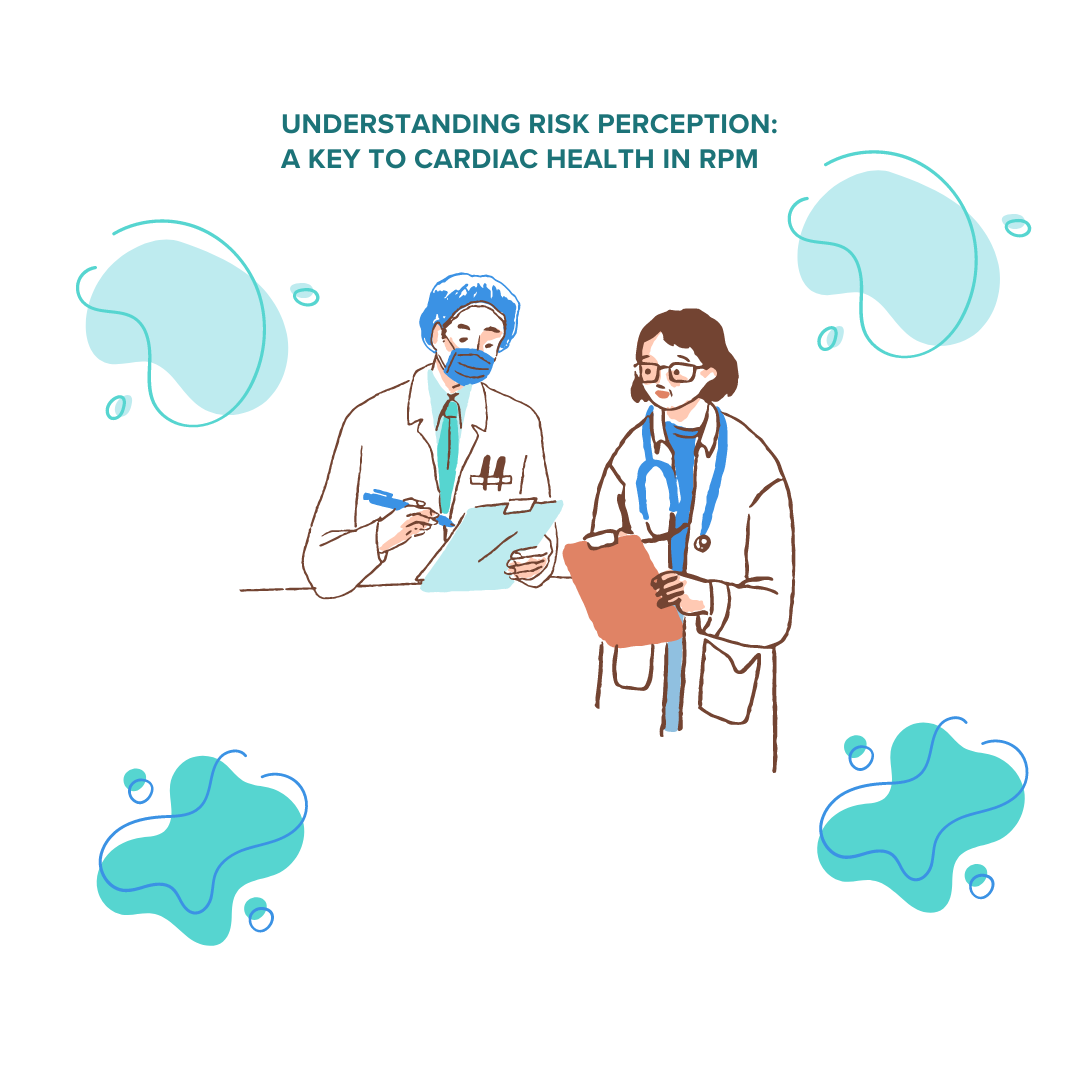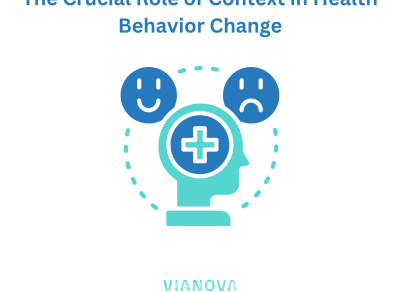
Understanding Risk Perception: A Key to Cardiac Health in RPM
In the world of cardiology and Remote Patient Monitoring (RPM), the perception of risk is a crucial determinant of patient behavior. How patients perceive the risks associated with their heart health can profoundly influence their engagement in RPM programs. Behavioral economics provides valuable insights into how risk can be framed in ways that are more relatable and motivating for patients, encouraging them to take their heart health more seriously.
The Complexity of Risk Perception
Perceiving risk is a highly individualized process. How patients evaluate the risks related to their cardiac condition can be influenced by factors like personal experiences, emotional responses, and cognitive biases. Some patients may downplay the risks associated with heart disease, while others may have heightened anxiety about potential complications.
Framing Risk Through Behavioral Economics
Behavioral economics explores how choices and behaviors are influenced by the way information is presented. Here’s how we can apply behavioral economics to frame risk in a way that motivates patients to take their cardiac health more seriously:
1. Loss Aversion: People tend to fear losses more than they value gains. By framing the risks of non-adherence in terms of potential losses – like a decline in quality of life, increased medical costs, or missed life experiences – patients may become more motivated to engage in RPM.
2. Anchoring Effect: The anchoring effect refers to the human tendency to rely heavily on the first piece of information encountered when making decisions. RPM programs can provide patients with a baseline of their health metrics and anchor future risk assessments to these baseline values. This creates a frame of reference that can motivate patients to improve their health.
3. Social Norms and Peer Comparisons: Behavioral economics recognizes the power of social norms. Patients may be more motivated to engage in RPM when they are presented with data that shows how their peers are managing their cardiac health. This can trigger a desire to conform to the norm and take their health more seriously.
4. Prospect Theory: Prospect theory suggests that people evaluate potential outcomes not in terms of absolute value but in terms of perceived gains or losses from their current state. RPM programs can frame risk by emphasizing the potential positive outcomes that adherence can bring, such as a higher quality of life, more time with loved ones, and enhanced overall well-being.
5. Certainty Effect: The certainty effect posits that individuals tend to overweight certain outcomes compared to uncertain ones. RPM can highlight the more certain risks and consequences of non-adherence, such as the well-established cardiac complications, to make patients more aware of the tangible dangers.
Patient-Centered Risk Framing
Effective risk framing should also be patient-centered, recognizing that different individuals have varying perspectives and priorities. Some patients may respond better to personal anecdotes and stories about the consequences of non-adherence, while others may benefit from statistical data and graphs illustrating potential risks.
By framing risk effectively, RPM providers can help patients better grasp the significance of their cardiac health and the potential consequences of non-adherence. This enhanced risk perception can motivate patients to take their heart health more seriously and engage more fully in their RPM programs.
In our next article, we will explore the concept of creating social support networks in remote cardiology monitoring, leveraging behavioral economics principles like social norms and peer pressure to build a community of support for patients. Stay tuned for more insights into the dynamic world of behavioral economics and cardiology.



FEEL FREE TO DROP US A LINE.